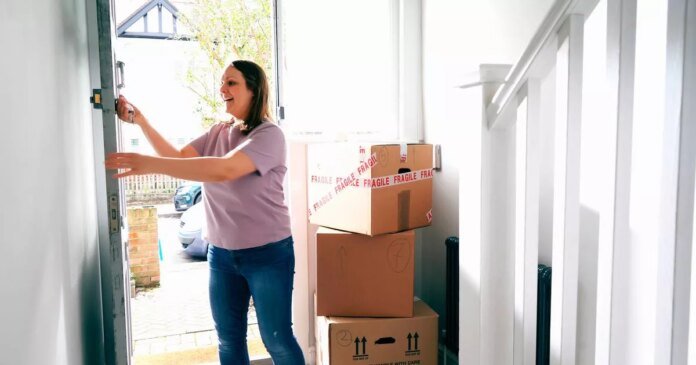Reports suggest that the Treasury is contemplating the replacement of stamp duty with a new property tax applicable to homes valued above £500,000.
Under the proposed plan, owner-occupiers would be required to pay this new tax upon selling their property, with the tax amount based on the property’s value and a rate established by the government.
It is important to note that this new tax would not replace stamp duty on second homes. The decision on whether to proceed with these plans remains pending, according to a report by The Guardian.
Any potential announcements regarding changes, if made by Chancellor Rachel Reeves, would likely occur during a fiscal event such as a Budget presentation.
Currently, property buyers in England and Northern Ireland are subject to stamp duty when purchasing properties exceeding £125,000, with a lower threshold of £300,000 for first-time buyers.
A spokesperson from the Treasury emphasized the government’s focus on strengthening public finances through economic growth. The spokesperson highlighted that strategies beyond tax and spend policies, such as planning reforms, are aimed at boosting the economy and reducing borrowing.
The commitment to maintaining low taxes for the working population was reiterated, with assurances that income tax rates, national insurance rates, and VAT rates would remain unchanged to support working individuals.
Stamp Duty Rates in England and Northern Ireland
Scotland refers to stamp duty as the land and buildings transaction tax.
In Wales, stamp duty is known as transaction tax.
At Reach and its affiliates, data collected through cookies and similar tools is used to enhance site experience, analyze usage patterns, and deliver personalized advertising. Opt-out options are available. By using our services, you consent to our cookie and privacy policies.

